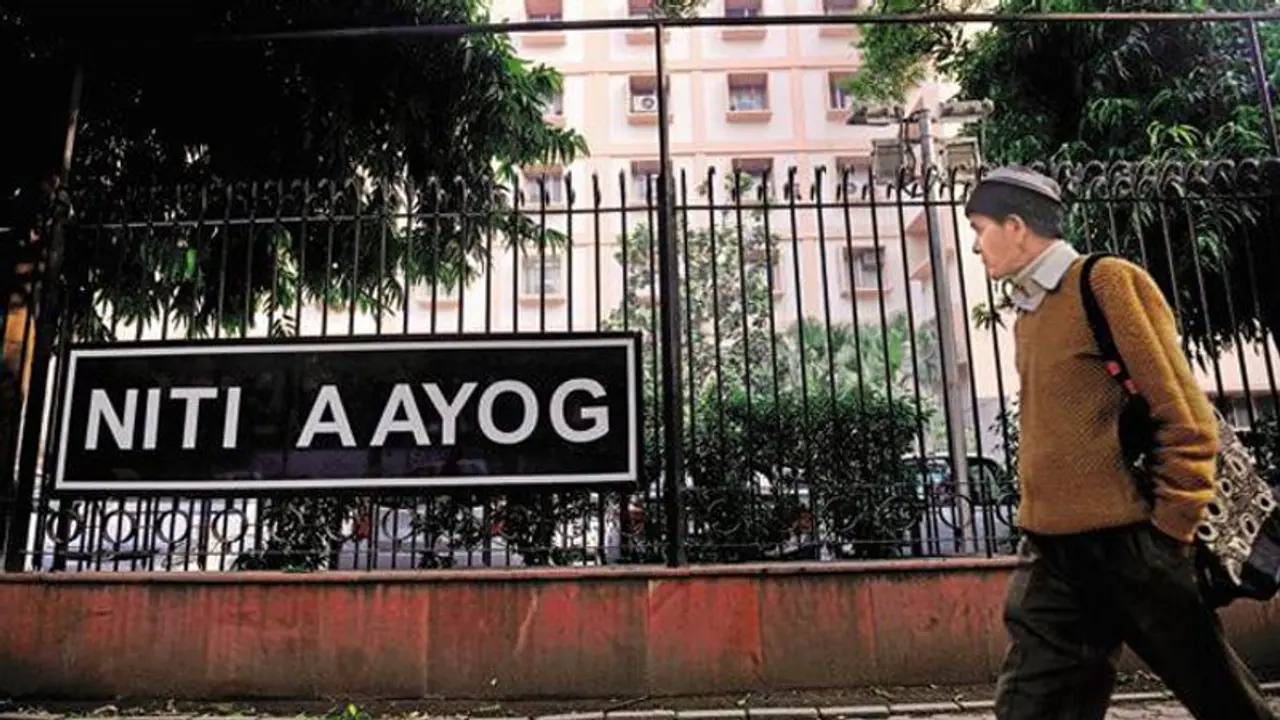NITI Aayog will release the second edition of the India Innovation Index 2020 on 20 January in a virtual event
Bengaluru: As per reports, NITI Aayog will release the second edition of the India Innovation Index 2020 on 20 January in a virtual event.
It will be released by NITI Aayog Vice Chairman Dr Rajiv Kumar in the presence of NITI Aayog Member Dr VK Saraswat and CEO Amitabh Kant, an official release said on Tuesday (19 January).
The release of the second edition of the index - the first was launched in October 2019 - demonstrates the government’s continued commitment towards transforming the country into an innovation-driven economy, the release said.
The India Innovation Index 2020 seeks to rank the states and union territories based on their relative performance of supporting innovation, and to empower them to improve their innovation polices by highlighting their strengths and weaknesses.
The ranking methodology is designed in a way that states can draw lessons from the national leaders in innovation. According to the release, this will lead to a healthy competition among the states and union territories, thereby fostering competitive federalism.
The states and union territories have been divided into 17 ‘Major States’, 10 ‘North-East and Hill States’, and 9 ‘City States and Union Territories’, for effectively comparing their performance. They have been been ranked on two broad categories: outcome and governance, the website added.
Overall, the framework of India Innovation Index 2020 consists of 36 indicators, which include hard data (32 indicators) and four composite indicators.
India Innovation Index 2020 builds on the previous year’s methodology by introducing more metrics and providing a holistic outlook of the Indian innovation ecosystem, it added.
The framework has been updated to include globally considered parameters for measuring innovation (such as the percentage of gross domestic product spent on research and development), while also retaining the parameters specific to the Indian economy.
The index captures the trends and provides detailed analyses of the various factors that drive innovation at the country, state, and district levels. It is believed that these analyses would enable policymakers in identifying catalysts and inhibitors of innovation at the national and sub-national levels, the release said.
